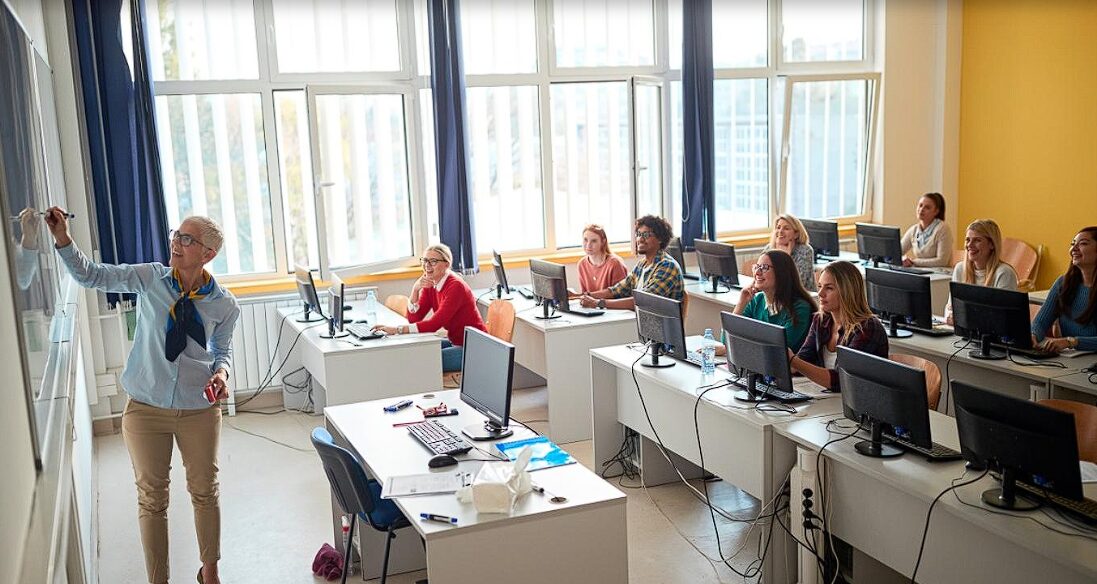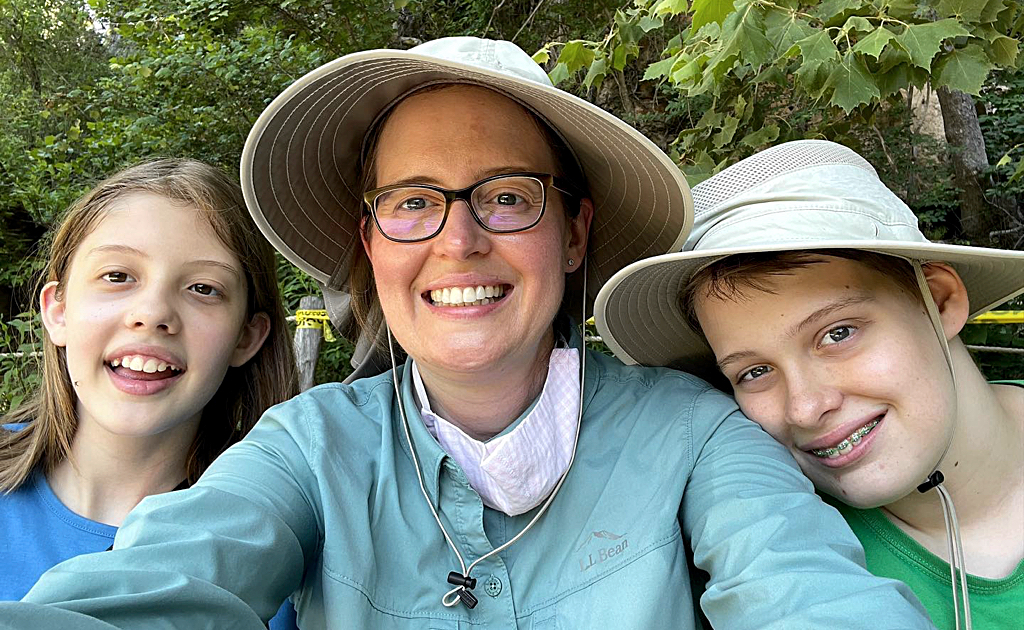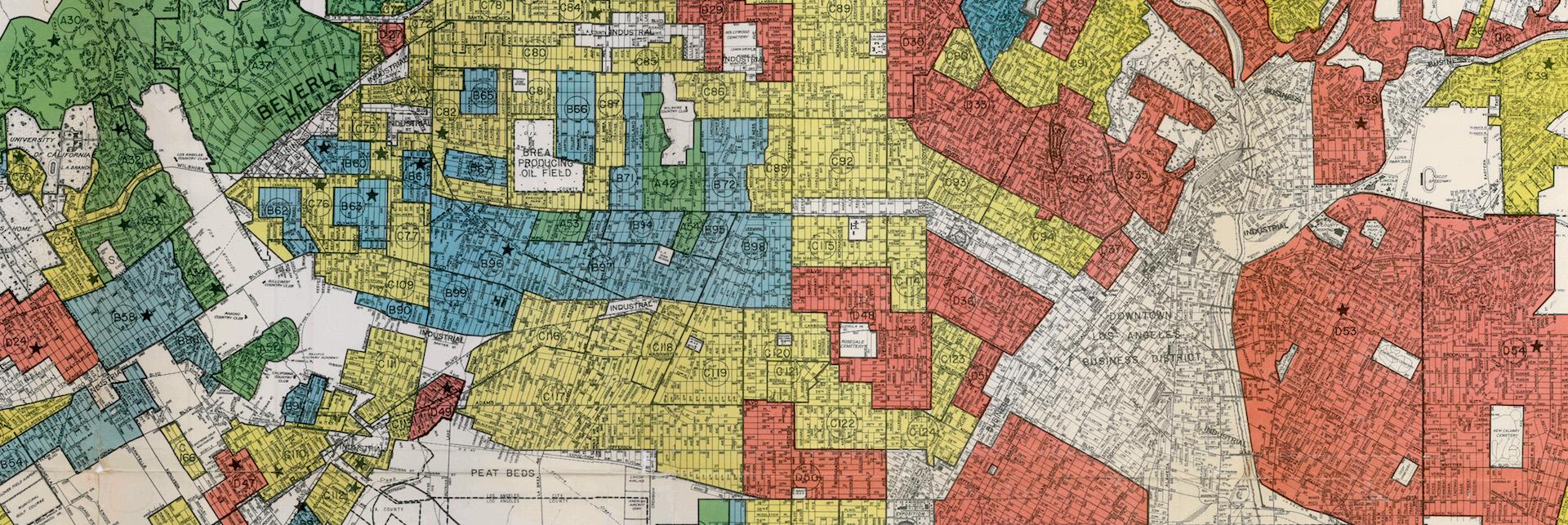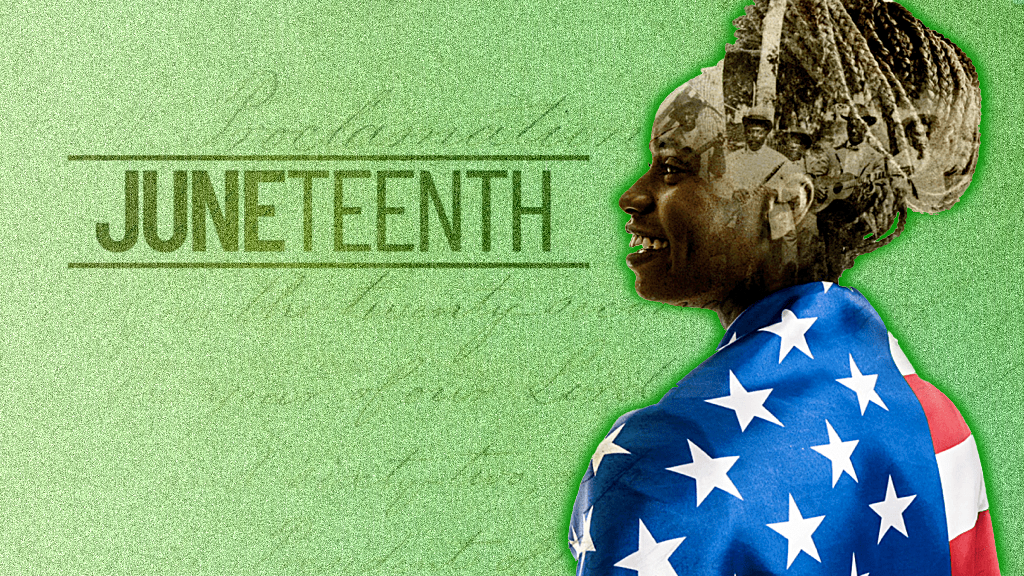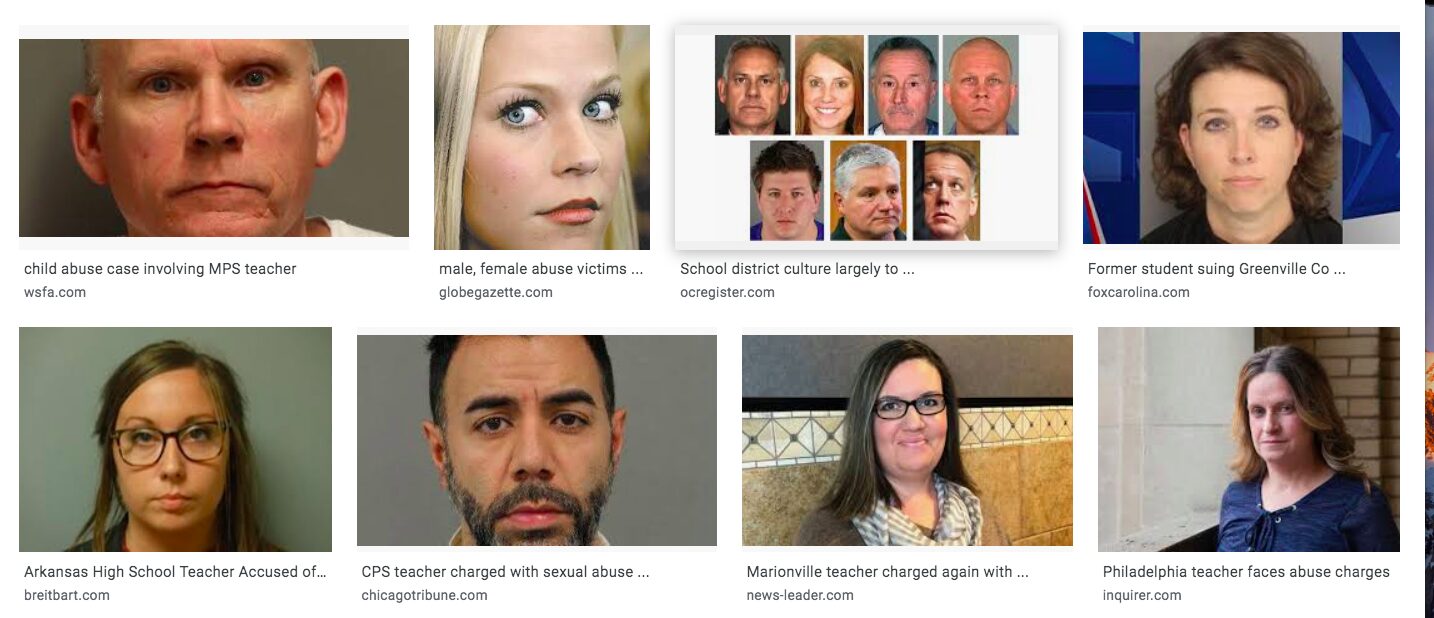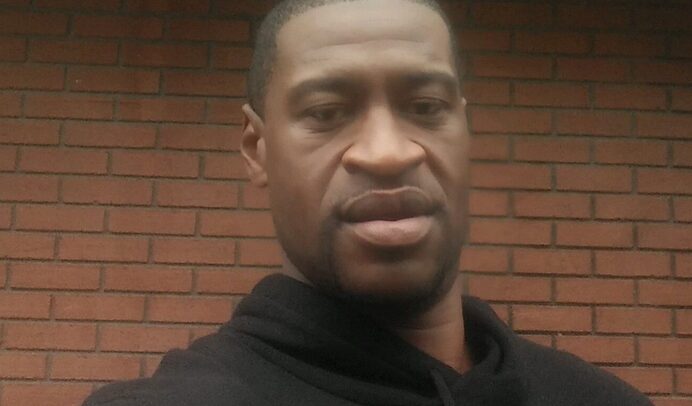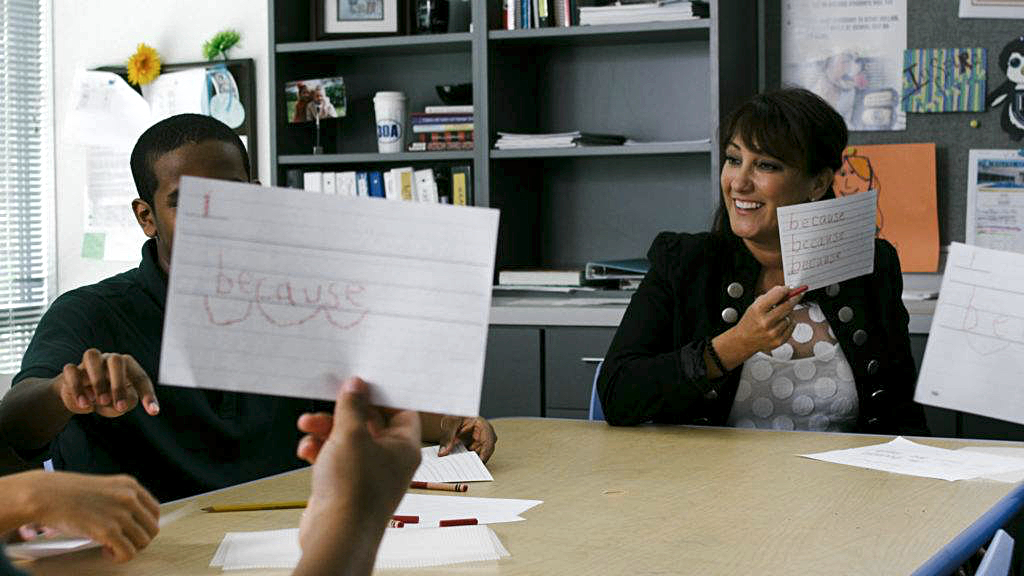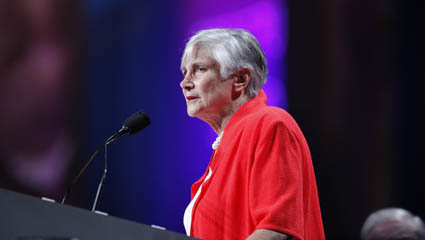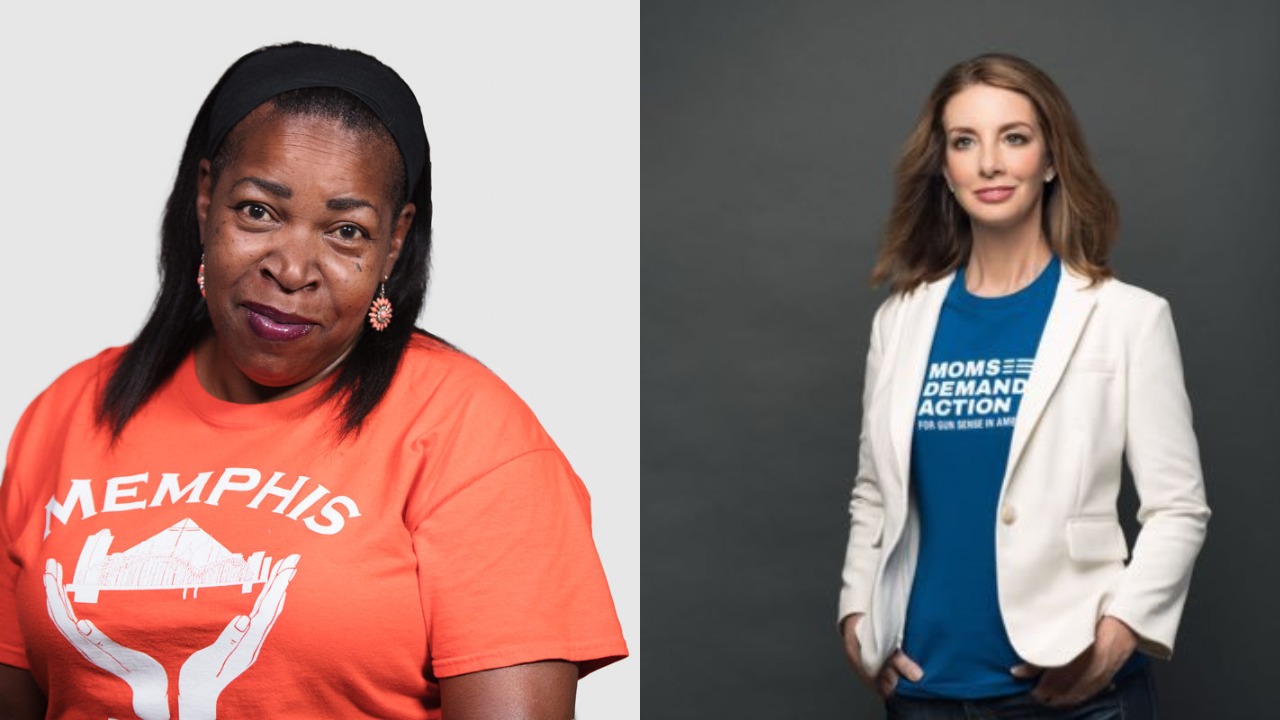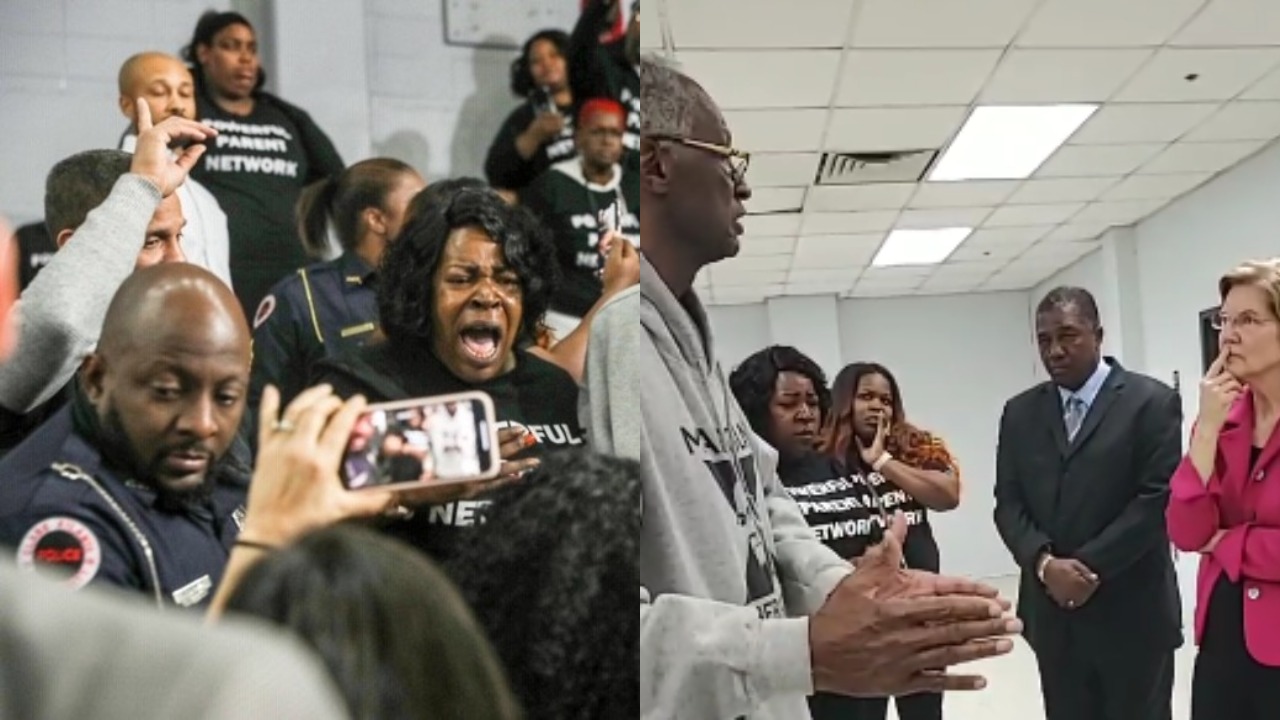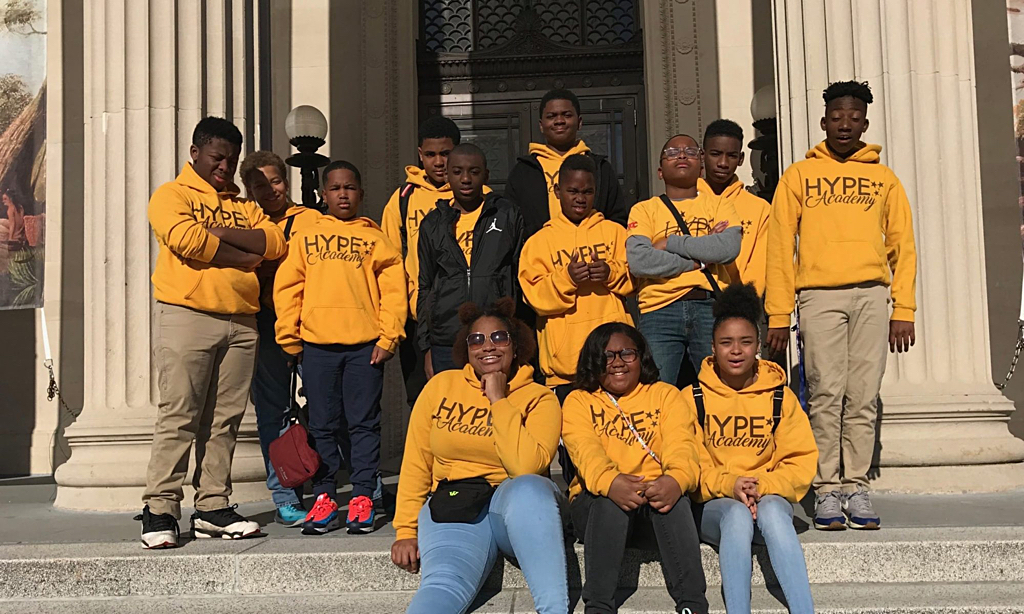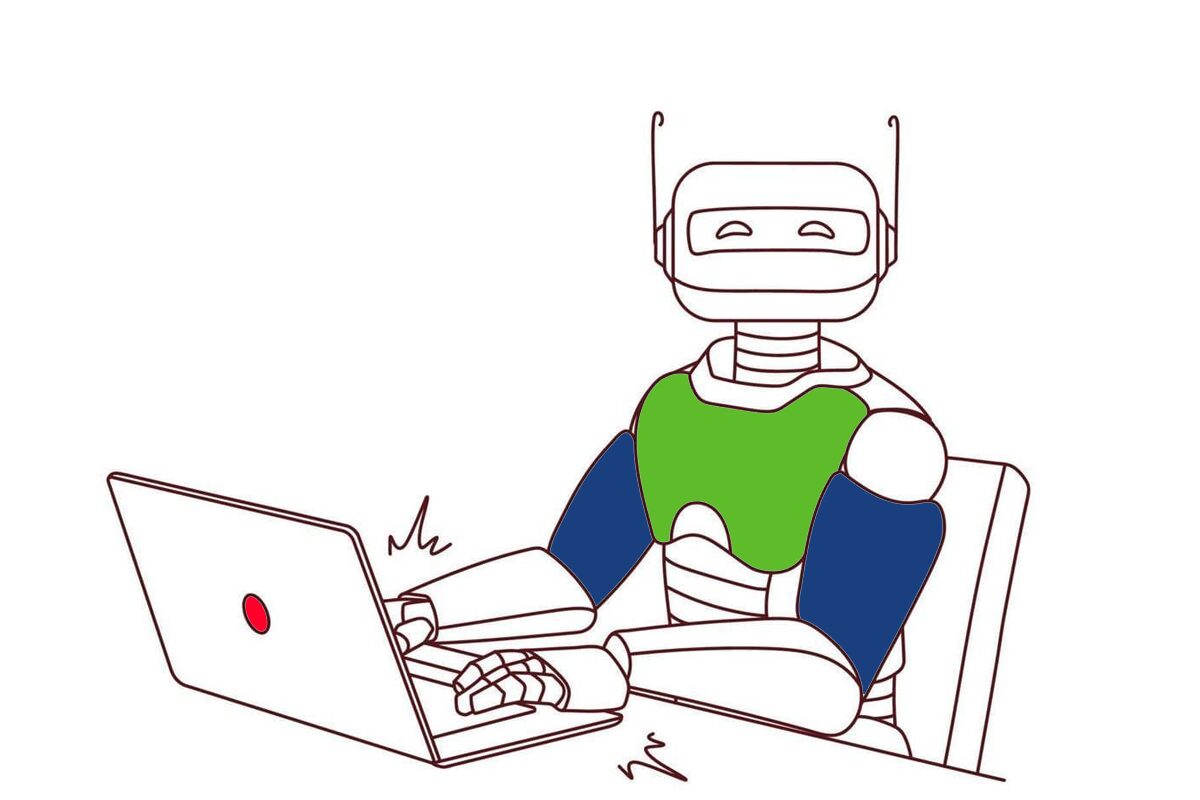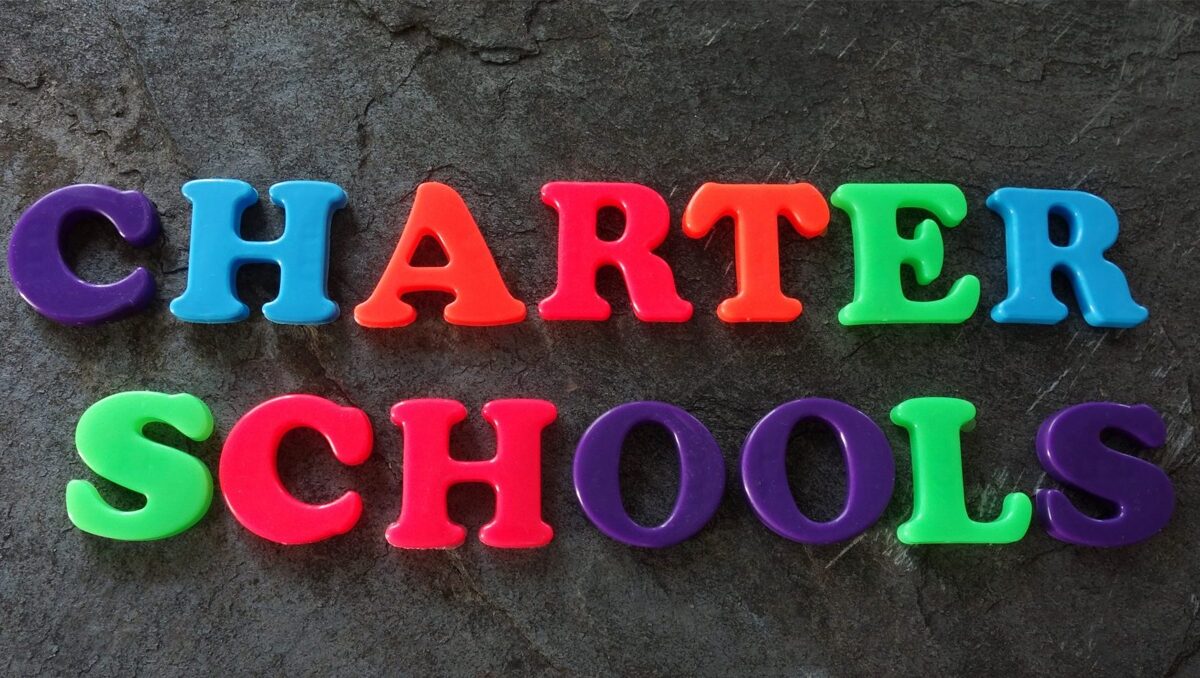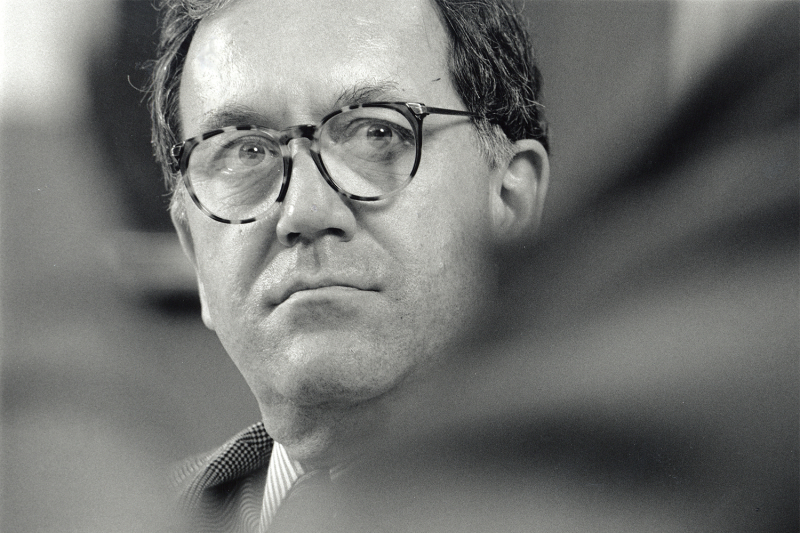
Remembering Richard Elmore
My heart was heavy when I heard about the recent passing of Harvard education professor Richard F. Elmore. Perhaps no other scholar has had more influence on my own thinking about education. I only wish his considerable impact on our field had been even greater.
I first heard Dr. Elmore speak at a University Council for Education Administration conference in the mid-aughts when I was a practicing principal and pursuing my own doctorate in education leadership. He spoke about how educators needed to begin to think of their work as “practice,” in the same way that other professional fields like medicine and law conceive of their work: a body of craft knowledge in perpetual need of collaborative review, revision, and renewal.
He compared and contrasted the way educators are trained and carry out their work with that of medical doctors in teaching hospitals. In those environments, early-career physicians are confronted with the real problems of actual patients and challenged to work collaboratively to address them. When patients are “lost,” particularly in surgery, residents may present at a “morbidity and mortality” (M&M) conference to attending physicians and other residents, sharing information on what may have gone wrong and to brainstorm what might have been done differently.
Elmore lamented that no similar processes really exists in the field of education, even though we are swimming in real-time data about student knowledge, skill, and performance. Rather, we tend to just take a trial and error approach to every problem of practice and never really achieve collective, organizational learning.
This insight resonated deeply with my own frustrated experience as an educational leader. I had watched so many new initiatives come and go with no real impact on student learning, and ultimately no substantive changes in teaching practice. In part, Elmore’s ideas inspired my own dissertation study and subsequent research on how school principals might learn to improve their instructional leadership through executive coaching using the framework of theories of practice first articulated and tested by organizational theorists Chris Argyris and Donald Schon.
My research confirmed that most professional learning in school environments is what Argyris and Schon called “single-loop” – unreflective trial and error. But with protocols to deepen self-awareness, test new theories, and reflect on feedback, especially with a partner-coach who can hold up a mirror and help the principal confront his/her theories in use, and not just their “espoused theories” – double-loop learning is actually possible: school leaders can develop new action strategies and new theories of action to better approach similar problems in the future.
I was delighted when, a few years later, Richard Elmore premiered the practice of instructional rounds, perhaps the education innovation for which he is best known. Instructional rounds created just the kind of protocol Elmore had found lacking in education – an intentional structure by which educators can identify a problem of practice and then gather nonjudgmental, observable data from across a number of classrooms to draw conclusions about how that problem of practice is being addressed in their school. These conclusions could then lead to new theories of action and intervention plans that would inform future cycles of instructional rounds. Done well, instructional rounds could vastly accelerate organizational learning.
In 2008 I had moved into a new role as instructional supervisor in my district, and in collaboration with our local education cooperative, I was able to travel with several colleagues to Harvard to train directly with Dr. Elmore and his team on the instructional rounds process. Subsequently we shared this strategy with hundreds of our fellow educators in the region. Over the years I suppose I have participated in more than 100 instructional rounds and trained both practicing and pre-service administrators in the technique.
But instructional rounds did not transform educational practices in the way I had hoped. Meaningful follow-up on the rounds process from schools was haphazard and rare. And Dr. Elmore himself had predicted this would be the case if schools continued, as they are often do, to ignore the instructional core – the place where students and teachers interact around substantive content. Elmore explained that if nothing changed in what students were learning, how they learn it, or how teachers guide their learning, results would be predictably unsatisfying.
And perhaps that’s why Elmore declared in 2012, “I do not believe in the institutional structure of public schooling any more.” I wrote about Elmore’s talk, given to a panel sponsored by Harvard, the Aspen Institute, and the American Enterprise Institute, on my blog. It eventually became the most-read post in the history of my website. Elmore confirmed my own growing fear that the structure of public schooling itself is the greatest obstacle to helping schools meet their mission, and he declared his long-standing work of helping teachers and leaders in traditional schools improve their practice to be “palliative care for a dying institution.”
Elmore cited the research of Sugata Mitra and his work with student-driven learning in the slums of India as inspiration for a new line of inquiry: could we use the rapidly-expanding field of brain-based learning to totally rethink school? Elmore spent the remainder of the decade writing about what this might look like and highlighting examples of much more radically student-centered learning models.
His conversion inspired me to ask similar questions and especially to explore if it’s possible to wed rich and complex curriculum with more child-driven learning models like Montessori. I spent several years reading about, discussing, and trying to identify places where this kind of convergence was taking place. Gradually I concluded that “personalized learning” isn’t the silver bullet for what ails our education system. In fact, I’ve come to believe more strongly than ever in highly-structured, teacher-driven instruction around a classical, liberal arts curriculum.
My views have differed from Dr. Elmore’s in other ways too. He was a strong skeptic of school choice, while I have been an outspoken advocate and believe that, as my friend Robert Pondiscio puts it, there is no education innovation that isn’t strengthened in some way by empowering families with more options.
It doesn’t bother me at all that my hero saw things differently, especially as his ideas and mine have evolved in both parellel and divergent pathways. That is exactly what life-long learning looks like, and which Dr. Elmore captured so succinctly in his little phrase, “I used to think…and now I think…” that I still use at the conclusion of many classes and profesisonal development workshops.
What made him so important to me, and to the entire field of education, is his career-long insistence that the way things are is not the way they have to be, that education as we know it was designed to meet particular missions and goals, and that those structures of schooling and perhaps the mission itself deserves – in fact must – be constantly challenged and reimagined.
Every word Richard Elmore wrote and spoke was a wake-up call for our schools to do better, a demand that we put students first. Much of my career has been a response to his inspiring call. He will be missed, but the work will continue. Requiescat in pacem, Richard Elmore.
